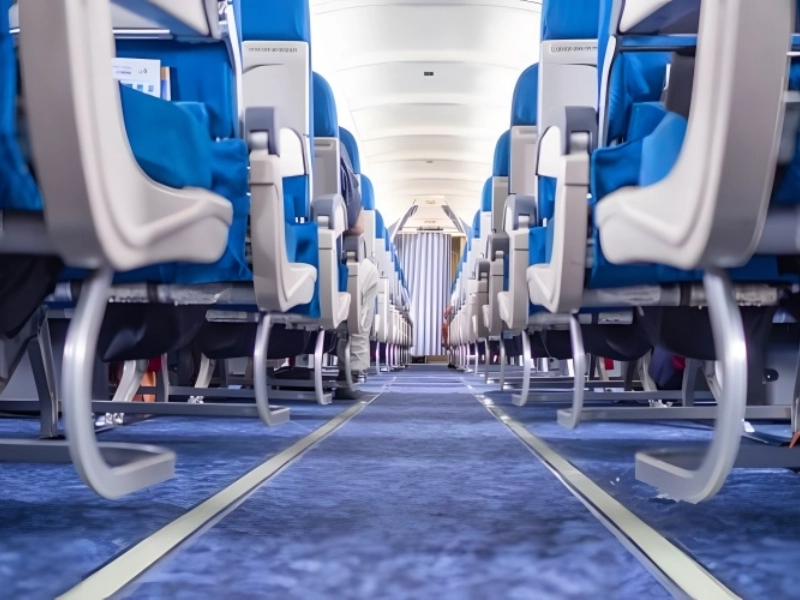
The Federal Aviation Administration (FAA) does not directly regulate the frequency of airplane cleaning. As a result, airlines often set their own cleaning policies and practices, balancing operational efficiency and cost considerations with passenger expectations.
Given these circumstances, the saying "ignorance is bliss" might apply for some travelers. However, for those who prefer to take matters into their own hands, packing disinfectant wipes is a practical solution. Many frequent flyers make it a habit to wipe down their immediate seating area—including armrests, tray tables, and seatbelt buckles—upon boarding.
While airlines have generally improved their cleaning protocols in response to global health concerns, passengers should still take proactive steps to maintain personal hygiene during flights. This includes regular handwashing or using hand sanitizer, especially before eating or touching your face.
Remember, while cleanliness is an important aspect of comfortable air travel, it is separate from the safety measures that airlines rigorously maintain. Regardless of the cleanliness of cabin surfaces, the aircraft itself, its mechanical systems, and safety equipment are subject to strict maintenance schedules and inspections.